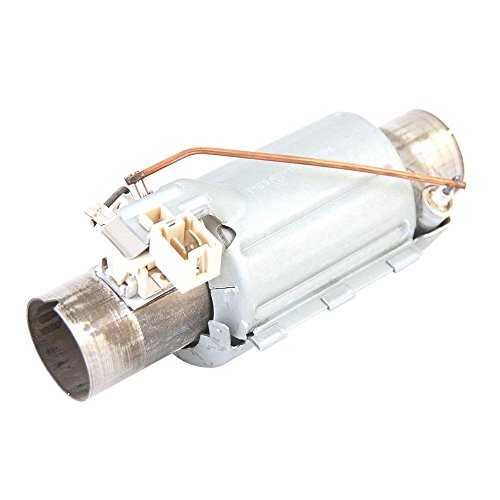How to make a peg bag

Keeping your pegs organized and easily accessible is an essential part of enjoying your time doing laundry. Despite the fact that peg bags can be purchased from stores, why not add a touch of personalization by making one yourself? Making a peg bag is a fun and practical DIY project that you can easily do at home with just a few materials and some basic sewing skills. In this article, we will guide you through the process of making your own peg bag.
To begin, gather all the necessary materials for your project. You will need a sturdy fabric of your choice, such as canvas or denim, to ensure the bag withstands the weight of the pegs. Additionally, you will need a contrasting fabric for the lining, a piece of ribbon or bias tape for the hanger, thread, scissors, and a sewing machine or needle and thread if you prefer hand-sewing.
First, start by cutting out the two main body pieces of your peg bag from the fabric. The size and shape can vary depending on your preference, but we suggest a rectangle of approximately 30cm by 40cm. If you want a lined bag, repeat this step with the lining fabric.
The next step is to pin the two body pieces together, right sides facing each other. If you are using lining fabric, do the same with those pieces. Then, sew along the sides and bottom, leaving the top open. Trim any excess fabric and clip the corners to reduce bulk. Now you can turn the bag right-side out, press it with an iron for a smooth finish, and optionally topstitch around the sides and bottom for a polished look.
Materials you will need
In order to make a peg bag, you will need the following materials:
1. Fabric:
You will need a sturdy fabric such as canvas or heavy-duty cotton. Choose a fabric that is durable and able to withstand wear and tear.
2. Thread:
Matching thread is essential for sewing the different pieces of fabric together. Make sure you have enough to complete the project.
3. Scissors:
A good pair of fabric scissors will make cutting the fabric easier and ensure clean and accurate cuts.
4. Pins:
Pins are used to hold fabric pieces together while sewing. Make sure you have sewing pins that are suitable for use with your chosen fabric.
5. Sewing machine or needle and thread:
You can choose to hand sew your peg bag or use a sewing machine. If you’re using a machine, check that it is in good working condition and has the necessary attachments for your project.
6. Elastic or drawstring:
You will need elastic or a drawstring to create a closure for your peg bag. Decide which option you prefer and ensure you have the necessary materials.
7. Optional extras:
These additional items are not essential, but you may find them useful:
- Piping: Piping can add a decorative touch and reinforce the edges of your peg bag.
- Buttons or snaps: Using buttons or snaps can provide a secure closure for your peg bag.
- Embroidery thread: If you’re feeling creative, you can add embroidery or decorative stitching to your peg bag.
- Thimble: A thimble can protect your finger when hand sewing through tough fabric.
Having these materials on hand will ensure you have everything you need to create a functional and stylish peg bag.
Instructions for making a peg bag
Creating your own peg bag can be a fun and practical project. Here are step-by-step instructions on how to make your own peg bag.
Materials needed
Before starting, gather the following materials:
- Fabric (approximately 0.5 meters)
- Matching thread
- Scissors
- Pins
- Measuring tape
- Sewing machine (or a needle if sewing by hand)
Step 1: Pattern
Start by creating a pattern for your peg bag. Measure and trace a rectangle onto your fabric, approximately 50 cm by 30 cm, and cut it out.
Step 2: Fold and sew
Fold the rectangle in half, with the right sides facing each other. Pin the sides together and sew along the edges, leaving the top open for the hanger.
Step 3: Hanger hole
At the top opening of the bag, create a hole for the hanger. Fold the fabric over about 3 cm from the top and sew a straight line across, leaving a gap in the middle for the hook.
Step 4: Finish
Turn the bag right side out and give it a final press with an iron. Your peg bag is now ready to use.









